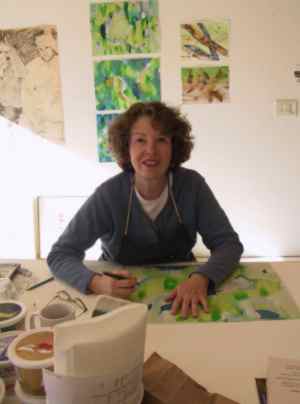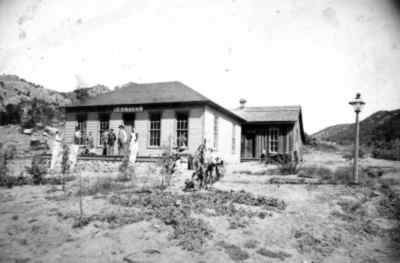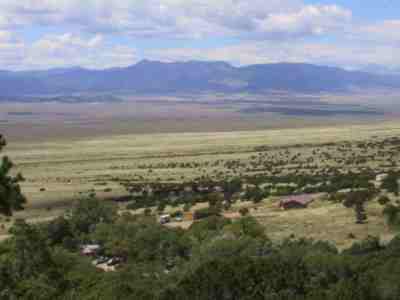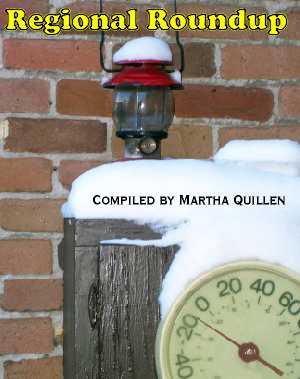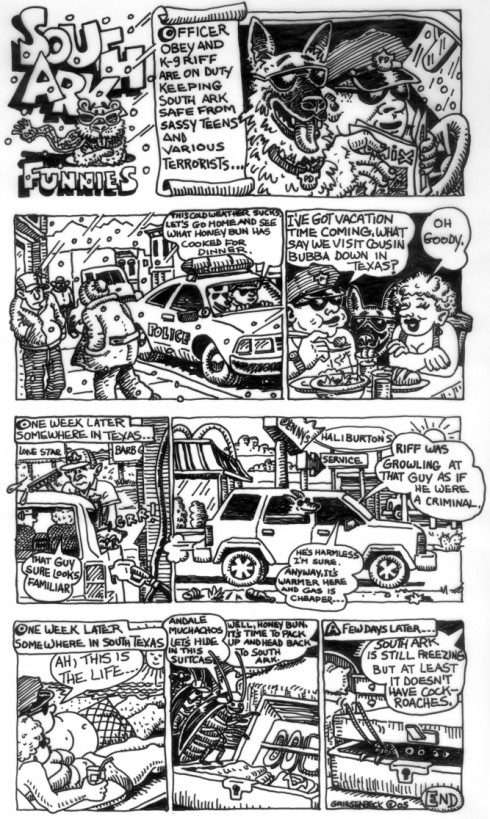Column by Hal Walter
Local Legends – February 2005 – Colorado Central Magazine
CURTIS IMRIE DIED in a spectacular automobile accident New Year’s Day, 2005 — just ask him.
Following are the facts as supplied by the 57-year-old “deceased,” well known in Central Colorado circles for making somewhat quixotic (although the image of a squire on a mule is somewhat fitting, my dictionary defines this word as meaning “extravagantly idealistic”) runs at public office, winning the World Championship pack-burro race three times, and producing artsy independent films. He has also been a friend of mine for nigh on 25 years.


